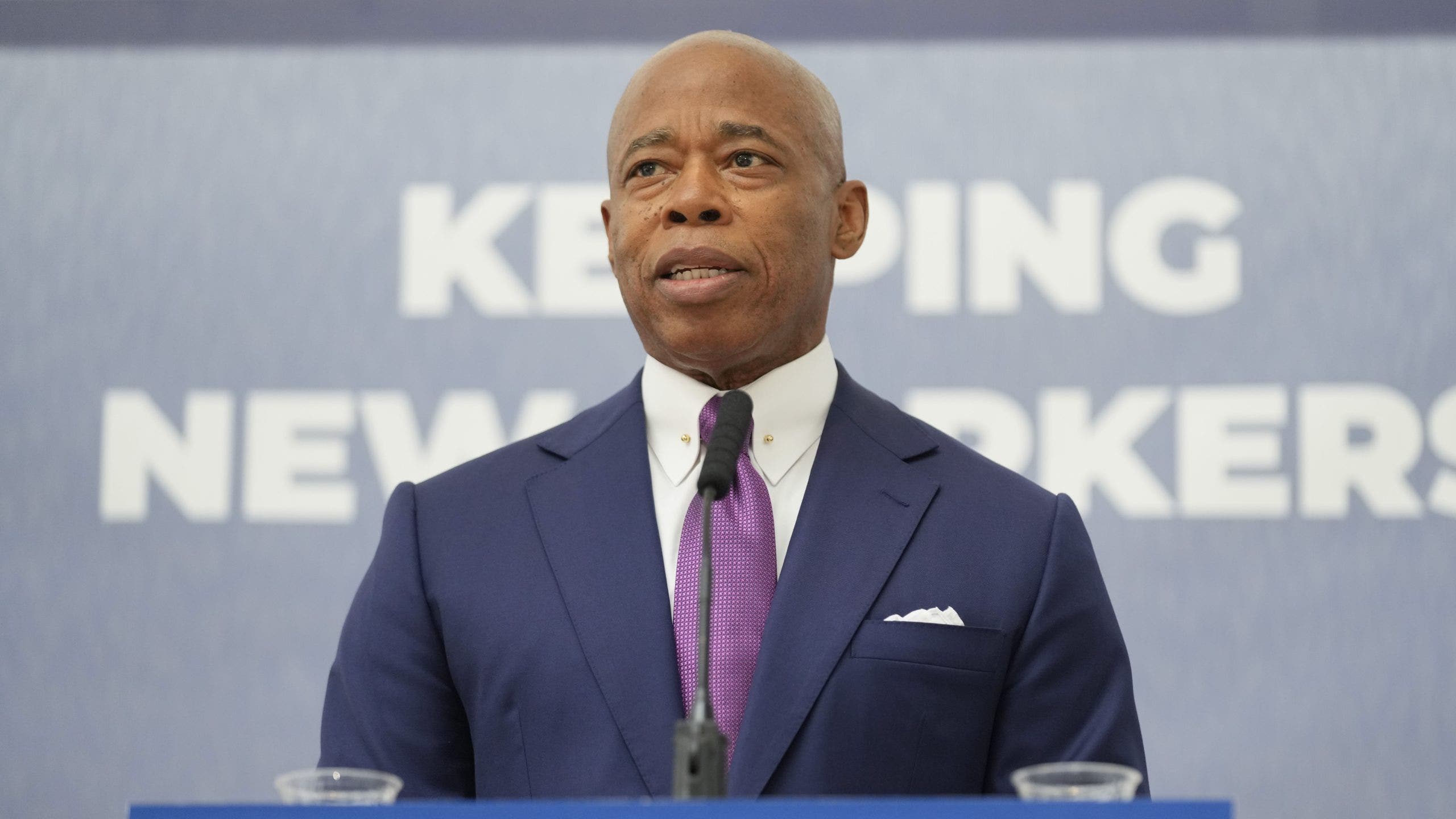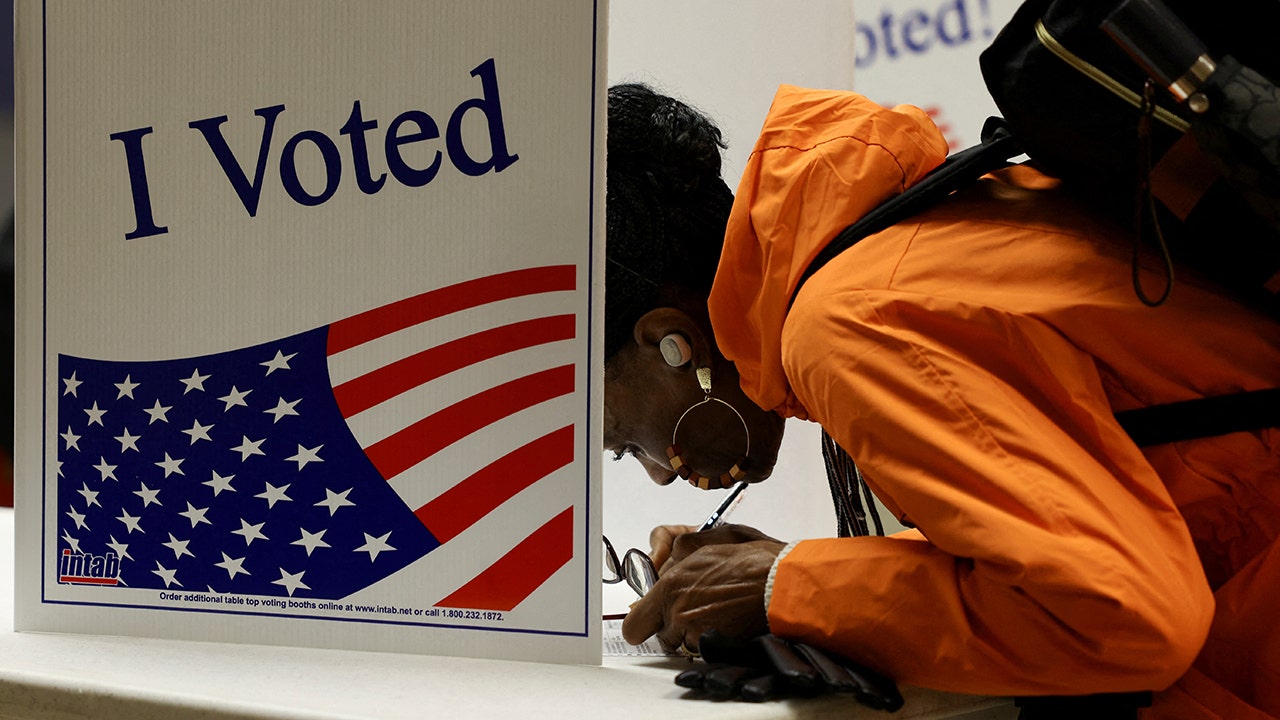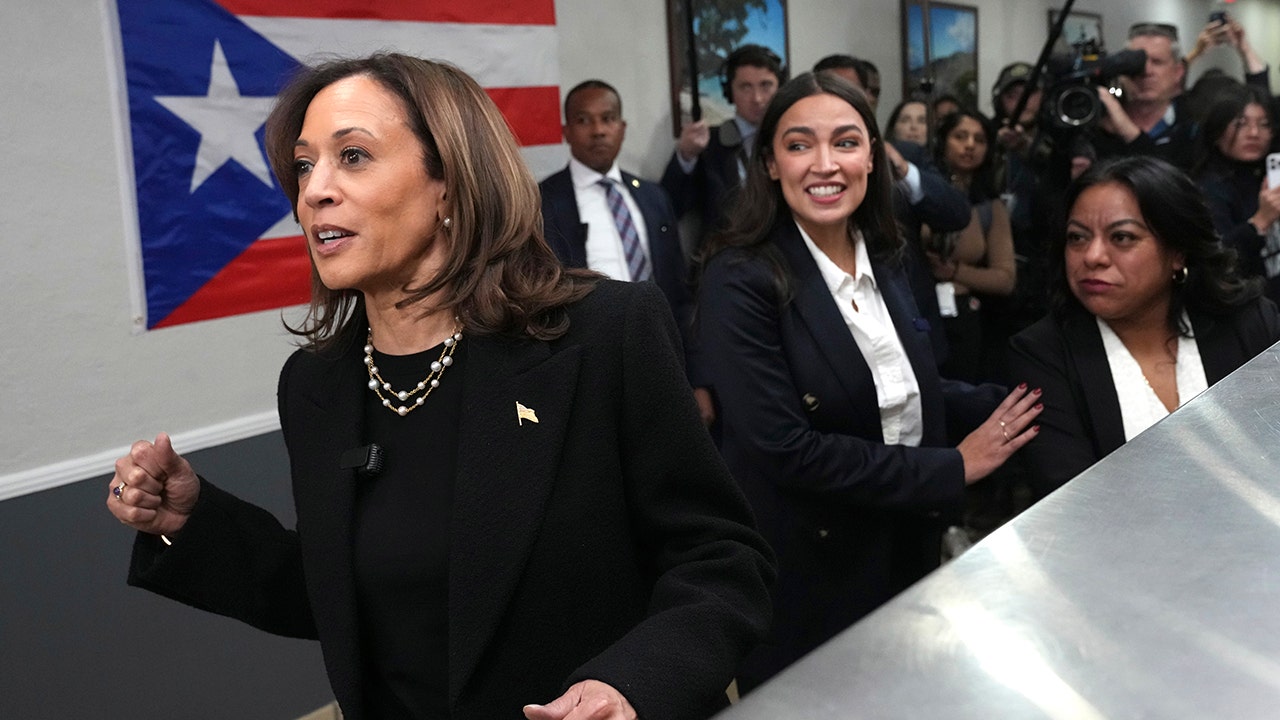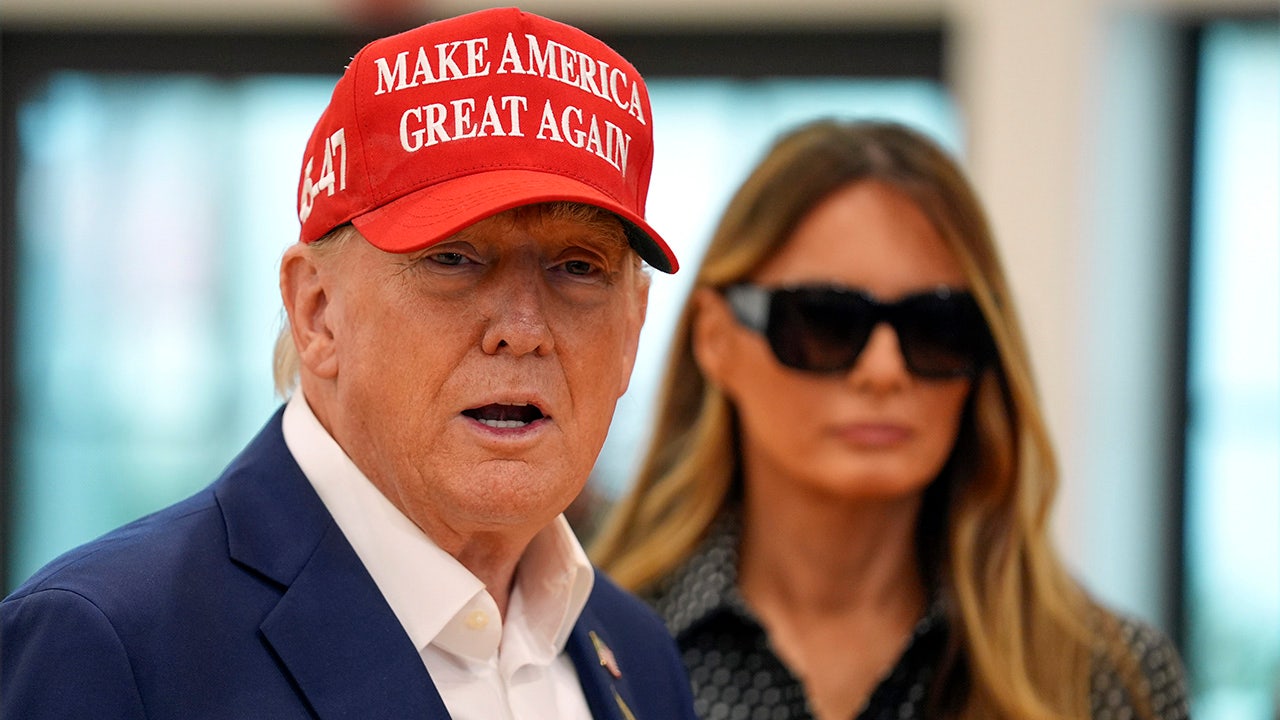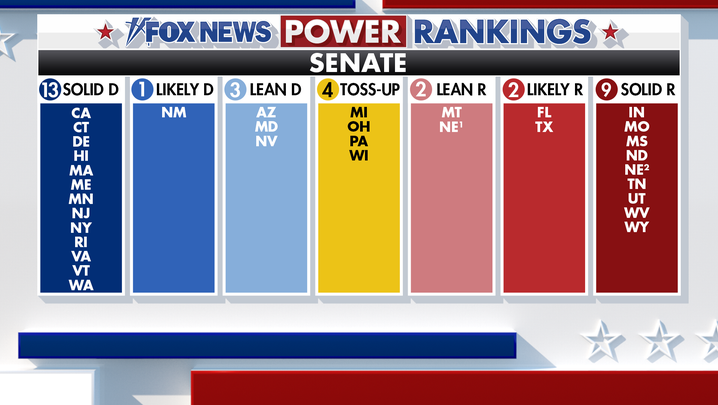Republican vice presidential candidate Sen. JD Vance has sought to fill in some details about the “concepts” of a health plan that former President Donald Trump mentioned in the presidential debate in September.
In an interview on NBC’s “Meet the Press” the following week, Vance said that Trump’s plan is “actually quite straightforward.”
“You want to make sure that preexisting coverage – conditions – are covered, you want to make sure that people have access to the doctors that they need, and you also want to implement some deregulatory agenda so that people can choose a health care plan that fits them,” Vance told the show’s anchor, Kristen Welker.
“We want to make sure everybody is covered,” he continued. “But the best way to do that is to actually promote some more choice in our health care system and not have a one-size-fits-all approach that puts a lot of people into the same insurance pools, into the same risk pools, that actually makes it harder for people to make the right choices for their families.”
Facts first: Vance’s claim that preexisting conditions would be covered if insurers didn’t have to put people into the same risk pools is misleading and needs context. A key pillar of the Affordable Care Act’s sweeping protections for people with preexisting conditions is requiring insurers to put all their individual market enrollees into the same risk pool.
That is crucial for guaranteeing that insurers don’t charge people with chronic conditions higher premiums, which could lead to many of them being unable to afford coverage.
Obamacare’s protections for those with preexisting conditions is one of its most popular provisions – roughly two-thirds of the public say it’s “very important” to retain the law’s mandates prohibiting insurers from charging sick people more and from denying coverage based on their medical records, according to a February KFF poll.
But like many Republicans before him, Vance says the way to improve the nation’s health insurance system is to move away from the Affordable Care Act’s multitude of regulations and give people more choice. Similar views were voiced by congressional Republicans in their 2017 effort to repeal the landmark law, which failed in part because of concerns that their replacement plans would weaken protections for those with pre-existing conditions.
One example Vance gave in the NBC interview, which he repeated at a North Carolina rally a few days later, is allowing insurers to separate people into different risk pools. While placing healthy people into one risk pool would most likely reduce their premiums, doing the same with sicker consumers would almost certainly cause their premiums to skyrocket.
With a single risk pool, “there are some people who are healthier, and they end up subsidizing those who are less healthy,” Sabrina Corlette, co-director of Georgetown University’s Center on Health Insurance Reforms, told CNN.
Creating high-risk pools for the chronically ill has been tried before and largely failed, even though they were subsidized by states and, sometimes, by federal grants. Prior to the Affordable Care Act, 35 states operated such pools – which Corlette called “expensive, poor quality ghettos” in a recent blog post. In 2011, they covered more than 226,000 people – far fewer than were eligible – and racked up a total of more than $1.2 billion in losses. Even with the public subsidies, the rates and out-of-pocket expenses were high, and the coverage was limited in most states, according to Corlette.
Vance has not mentioned providing federal assistance to risk pools for sicker Americans, Corlette noted.
“Without a big chunk of government change, it’s hard to see how people with preexisting conditions aren’t going to be worse off,” she said, adding that if they have to pay more, “I would call that not being protected.”
Vance’s campaign did not respond to a request for comment. The Harris campaign on Monday released a report that accused Trump and Vance of wanting to bring back high-risk pools “that will skyrocket costs for people who need health care the most.”
Let’s further explain why Obamacare’s protections for those with preexisting conditions are such a big deal. Prior to the Affordable Care Act, insurers offering coverage in the individual market often asked enrollees extensive questions about their health histories. In many states, those with preexisting conditions could be turned away or only obtain limited policies that excluded coverage for the conditions they had. For instance, someone with asthma might not have coverage for upper respiratory care. And even if the medical issue had occurred years earlier and was completely resolved, consumers could have trouble getting coverage.
Also, the chronically ill often would have to pay much higher premiums to secure insurance policies.
Nearly 54 million Americans had preexisting conditions that would likely leave them unable to get individual coverage without Obamacare’s protections, according to a 2019 KFF analysis.
The Affordable Care Act changed the landscape for those with preexisting conditions. In addition to barring insurers from turning away applicants or charging them more based on their health status, the law required carriers to offer a suite of essential health benefits – including coverage for mental health, pregnancy and prescription drugs – which were often lacking in individual market policies.
However, these mandates also led to higher premiums and more comprehensive coverage for healthier Americans, not all of whom may want all the required benefits. That has led Vance and other Republicans to seek to restore more choice in the nation’s health care system.
Read the full article here


